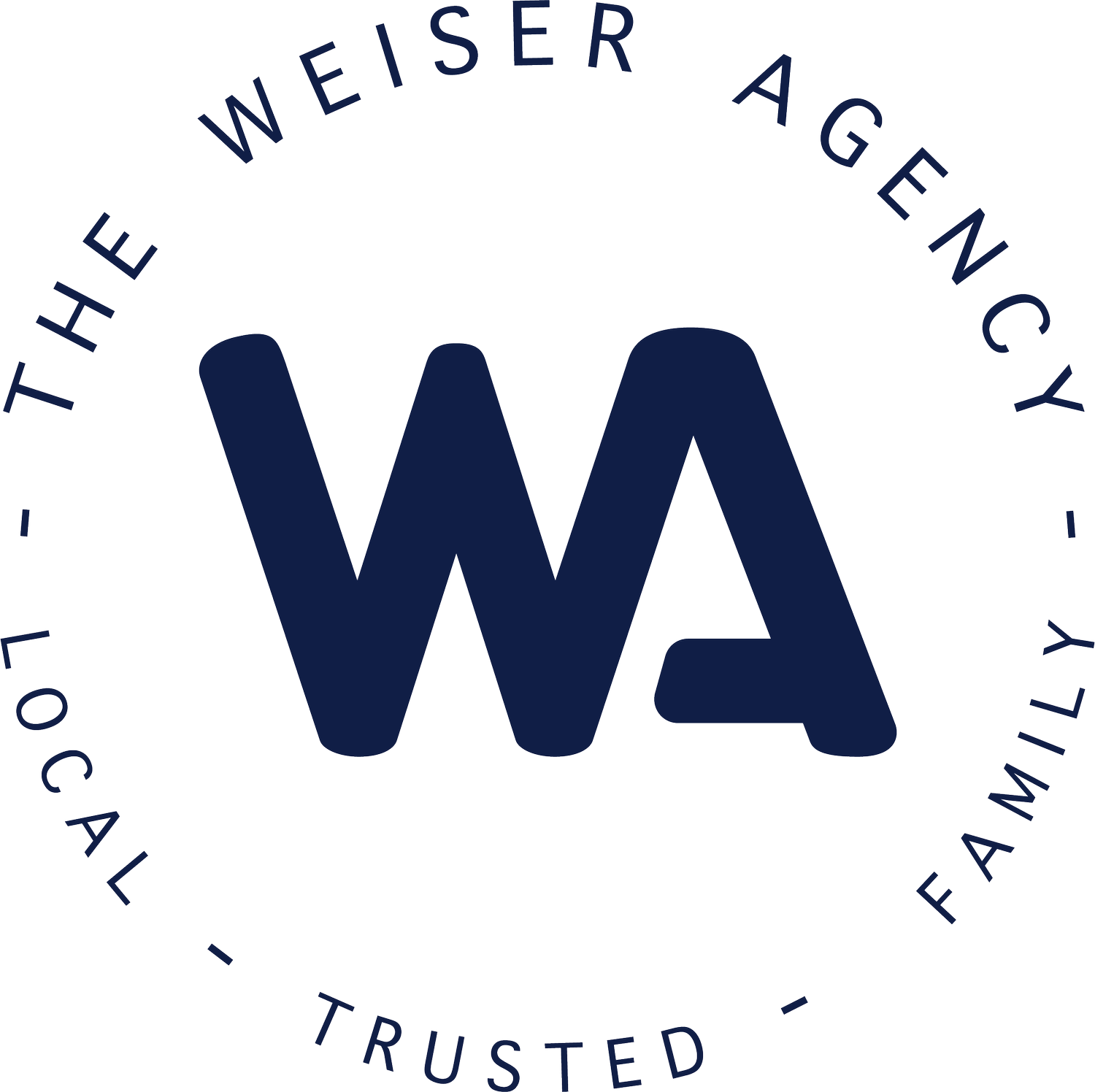Home Insurance Cancelled? Strategies for Successfully Finding New Coverage
P.S. - It’s Not You, It’s The Market
Home insurance is a vital safeguard for homeowners, offering protection and peace of mind against unexpected disasters and liabilities. Securing or maintaining home insurance can sometimes be a challenge, especially if you've faced cancellation due to various reasons. Whether it's a history of claims, changes in your property's condition, or changes in market conditions, finding yourself without home insurance can leave you vulnerable and frustrated. Continue reading to discover actionable steps towards securing home insurance post-cancellation.
Understanding Reasons and Market Trends
Before delving into strategies for securing home insurance post-cancellation, it's essential to understand the common reasons insurers may cancel a policy. Traditionally, these include high-risk factors such as frequent claims or unsafe property conditions, non-payment of premiums and changes in property conditions.
As of late in California, however, carriers have continued to issue cancellations because of changing market conditions. Standard carriers exhibit stringent criteria when choosing properties to insure. This stems from California's insurance market experiencing over saturation due to several carriers exiting the state. In addition to evaluating a location’s wildfire risk, insurability now hinges heavily on factors such as occupancy type, property type, and the overall market saturation on any given street. Primary residences are favored by carriers due to their perceived lower risk compared to properties leased to others. Additionally, insurers currently show a preference for directly insuring standalone homes over condominiums or manufactured homes.
Set Realistic Expectations
In today’s challenged insurance market, many clients are needing to turn to ‘less desirable’ carriers like the California Fair Plan or non-admitted companies.
The California Fair Plan imposes a coverage cap of $3 million for all line items, making it unsuitable for everyone, but significantly less expensive than alternatives. Under the FAIR Plan, clients hold two separate insurance policies. Claims for losses caused by fire, windstorms, smoke, and vandalism are filed through the California Fair Plan. For losses stemming from sudden and accidental water damage originating within the home (such as a pipe burst), fallen objects (like a tree falling on part of the home), or liability, clients would file a claim under a companion or wrap around policy.
Non-admitted carriers are not regulated by the Department of Insurance (DOI) the same way traditional carriers are. Non-admitted carriers have the autonomy to set prices without the DOI’s approval. In the event of insolvency, non-admitted companies are not obligated to pay out on claims in the same way an admitted company would. To best protect yourself, look for non-admitted companies with a strong rating by AM Best or S&P which operate on a national or international scale.
Timing is (Almost) Everything
If you’ve recently received a notice of cancellation for your home insurance, it’s likely that any coverage you secure today will be of lower quality and at a higher price compared to what you’ve enjoyed historically. If your home insurance cancellation is several months away, you might consider:
Transitioning to a new carrier now to secure coverage before the market changes again, or
Maintaining your current coverage for as long as possible, as it likely offers the highest quality coverage at the moment.
Regardless of your choice, it’s important to consider that some carriers currently take 3-4 weeks to provide fully approved quotes, with most taking 7-10 days. Once you receive a fully approved quote, you may only have 30-40 days to start the coverage before the quote expires. Proactive decision-making and thoughtful planning are crucial for navigating insurance changes effectively when responding to an unforeseen cancellation notice.
Address Underlying Issues and Take Proactive Measures
In preparation for securing a new insurance policy, it's crucial to address the underlying issues that led to your policy cancellation. If your previous insurance was terminated due to high-risk factors such as frequent claims or unsafe property conditions, take proactive steps to rectify these issues. Carriers are becoming more particular about what is considered to be “unsafe conditions.” For example, carriers may now require that bark mulch within 5 feet of a property be removed to maintain coverage or proof that plumbing has been updated in the past 20 years be provided.
Conduct a comprehensive risk assessment of your property to identify potential hazards and vulnerabilities. Then, prioritize necessary repairs, upgrades, or renovations to mitigate risks and improve the safety and security of your home. By addressing these underlying issues, you not only increase your chances of securing a new policy but also enhance the overall resilience of your property against future threats.
Evaluate Trade-offs and Prioritize Your Needs
Exploring various cost-saving measures can help makes securing home insurance more manageable. Once option to consider is bundling your home insurance with other policies, such as auto or life insurance, as many insurers offer discounts for such packages, reducing overall premiums. At present, some carriers may only provide home insurance if clients bundle it with auto, jewelry, and excess liability coverage from the same company. Opting for a higher deductible on your home insurance can further decrease overall premiums. While this entails a higher out-of-pocket expense in the event of a claim, it can make coverage more affordable in the long term.
Stay Informed and Prepare for the Long Term
It's essential to stay informed about changes in insurance regulations, market trends, and available coverage options to make informed decisions and adapt your insurance strategy accordingly. Once you secure home insurance post-cancellation, it's vital to focus on the long term. This involves maintaining a positive insurance history and minimizing future risks by regularly reviewing your policy coverage, updating property information as needed, and continuing to invest in measures to safeguard your home. By staying proactive and prepared, you can better prepare yourself for safeguarding your property and maintaining peace of mind for the future.
Navigating the complexities of securing home insurance post-cancellation requires diligence, proactive measures, and informed decision-making. The good news? You’re not in it alone. At the Weiser Agency, we understand these challenges and are here to support you every step of the way. From guidance on understanding insurance regulations or assistance in exploring alternative policy options, we’ve got you covered.



